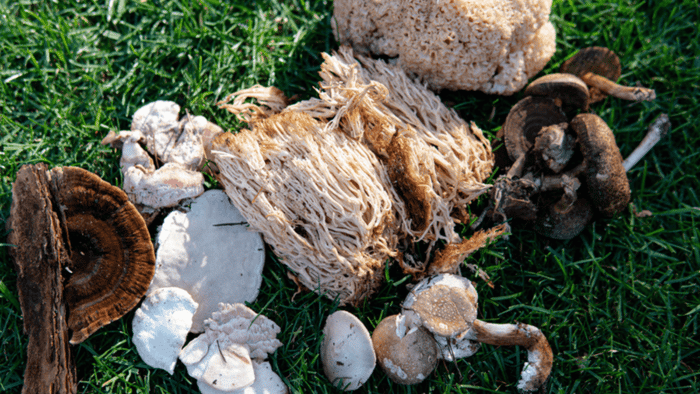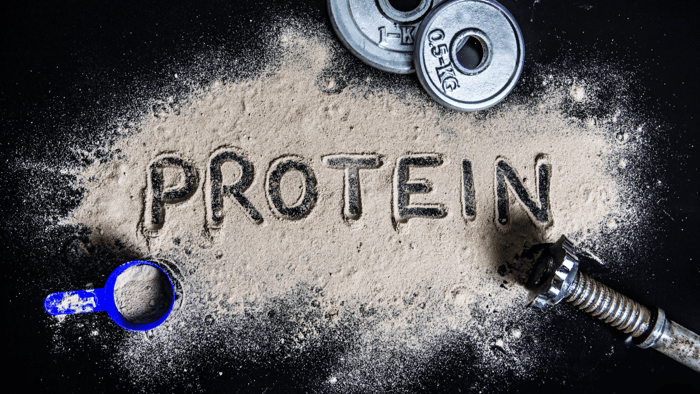
By now, most people know that there are good carbs and then there are carbs that give us undesirable side effects. The key is to know the difference so that you only consume the highest quality carbs for your health.
Simple carbs, also known as simple sugar or refined carbs, are found in processed foods like cakes, cookies, breakfast cereal, pizza, and pastries. These should be avoided as much as possible.
Refined carbohydrates are made from wheat, which is fine in a balanced, healthy diet for some people; however, most processed carbs are made from low-quality wheat that has been genetically modified and grown in poor soil, saturated with pesticides, and then mixed with refined sugars to make a “food” like cake or bagels. The bottom line is that neurotoxic refined carbs include most sugars, trans fats, and processed grains.

Refined carbs may give you an initial surge of energy, but this can be followed by an insulin rush, which rapidly drops blood sugar levels, ultimately leaving you feeling lethargic. Substantial fluctuations in blood sugar can cause an immediate anxiety response in the body.
There’s no need to be afraid of all carbohydrates, however; there are good and bad carbs. It’s easiest to remember that good carbohydrates come from nature in whole foods like fruits, vegetables, and whole grains. Bad carbs come from human-made foods like bread, cakes, cookies, and muffins.
The good carbohydrates that you can eat as part of a balanced diet are oats, organic non-GMO wheat, and vegetables. If you want to eat things like muffins and cookies, check out my recipes in Part II of my book, which use alternative ingredients like almond flour, tiger nut flour, and tapioca to make delicious, soft, and moist cakes.
Another helpful thing to remember is the principle of simple carbs versus complex carbs. Simple carbohydrates are found in foods such as milk, milk products, pasta, sugar, white bread, and some fruits and vegetables. They are also found in processed and refined sugars like table sugar, syrup, and soft drinks.
Not all simple carbohydrates are bad, however. Fruits and vegetables may contain simple carbohydrates, but because they contain dietary fiber and are rich in micronutrients, such as vitamins and minerals, they may be considered healthful. If you need a quick sugar rush, it’s better for you to get it from an apple than candy, which doesn’t have those similar compounds.

Complex carbs last longer in the body than simple carbs because they have more substantial molecules. They are called complex because they are made up of chains of three or more sugar molecules. Simple carbs by contrast contain only one or two sugar molecules. Beans, peas, whole grains (for instance, quinoa and rice), and vegetables are made up of complex carbohydrates.
Both simple and complex carbohydrates are turned into glucose (blood sugar) in the body and are used as energy. Complex carbs are high in fiber and take longer for your body to process, so they’re more filling. Simple carbohydrates are broken down quickly to be used as energy. This is why the body gets a quick sugar rush when you eat candy. Eating simple carbs can cause major swings in blood sugar levels and contribute to impulse eating, binge eating, and overeating. They are also high on the glycemic index, providing short-term fullness. Complex carbs, in comparison, are a long-term fuel source.
Uma Naidoo, M.D., a nutritional psychiatrist and contributor to the Harvard Health Blog, explains how complex carbohydrates are metabolized more slowly and, therefore, help maintain a more even blood sugar level, which creates a calmer feeling. She says, “A diet rich in whole grains, vegetables, and fruits is a healthier option than eating a lot of simple carbohydrates found in processed foods. When you eat is also important. Don’t skip meals. Doing so may result in drops in blood sugar that cause you to feel jittery, which may worsen underlying anxiety.”
If you’re going to have carbs, eating high-fiber carbs is the way to go. Fiber is an essential nutrient and contains multiple benefits.
• Slows the absorption of sugar during digestion
• Cleans the colon, acting like a scrub brush
• Reduces constipation
• Increases satiety
Remember, you can’t live a full life on an empty stomach! Good sources of high-fiber carbs include chia seeds, psyllium seed husks, peas, brussels sprouts, and root and tuber crops (beets, parsnips, potatoes, sweet potatoes, radishes).

A lot of us have digestive systems that are not absorbing all the nutrition they could be. This certainly was the case for me in my teens and early 20s. After years of eating processed foods and taking laxatives instead of eating fiber, I had compacted waste stuck to the walls of my gut that was inhibiting me from absorbing nutrients from the fruits and vegetables I ate. When I switched to eating whole foods—tons of high-fiber veggies and fruits—my gut was healed.
If you’re unused to eating fiber, be aware that it will bulk up your stools. It’s not a bad idea to take a digestive enzyme with your meals to assist your body with its adaptation to this new way of eating. In time, it will seem normal.




